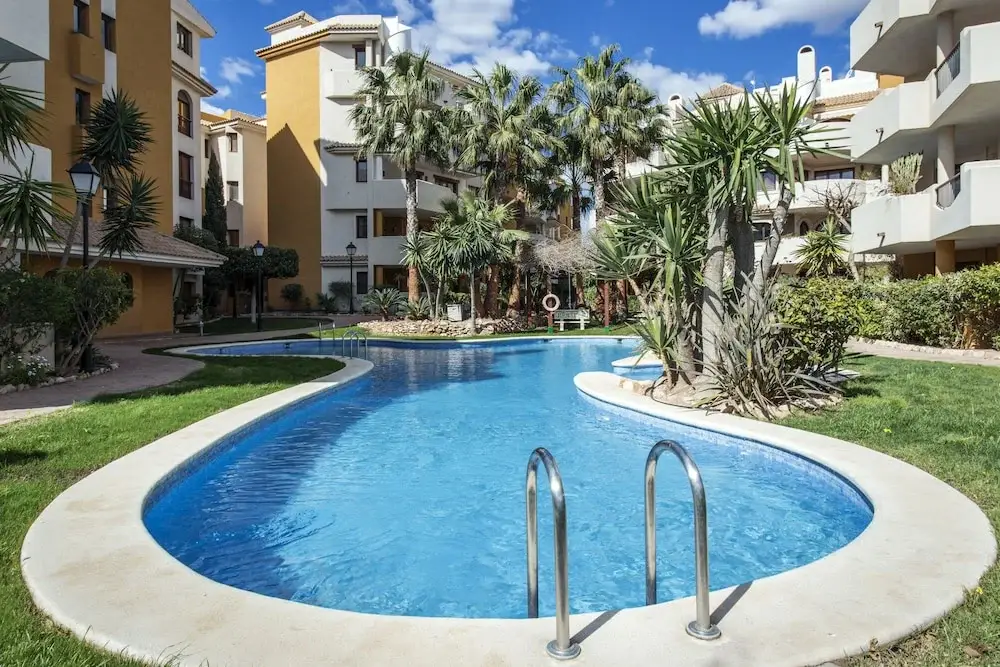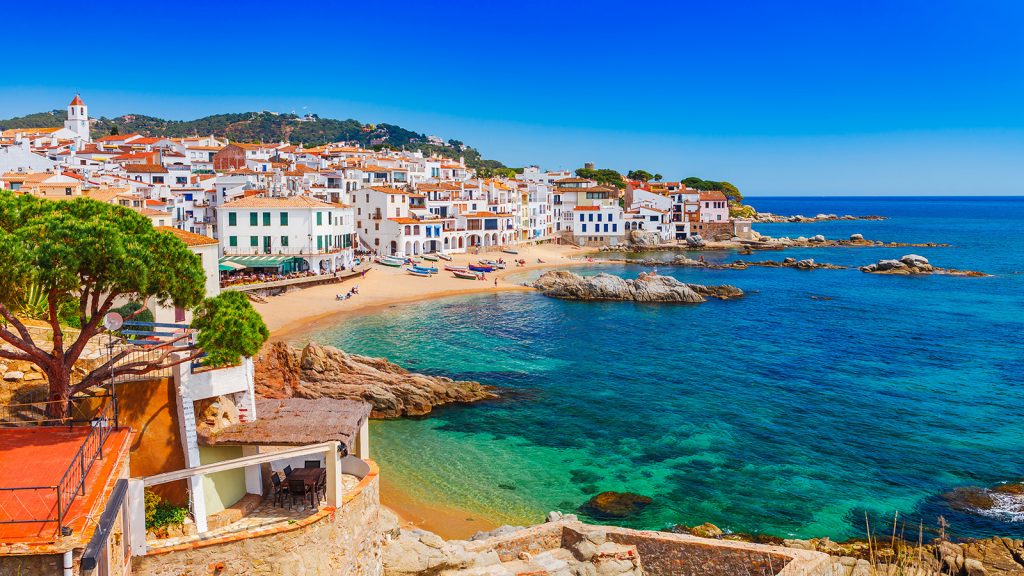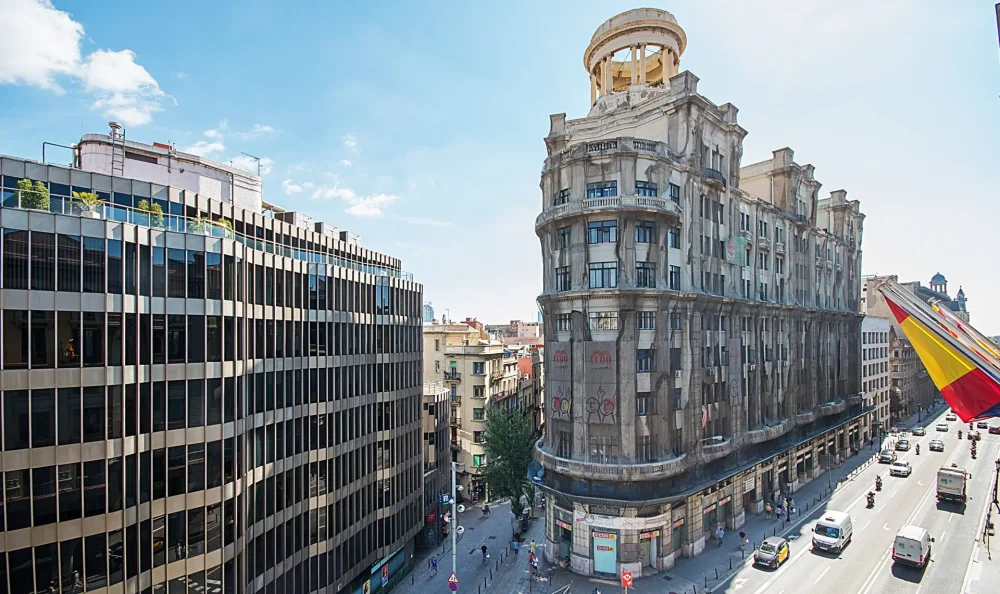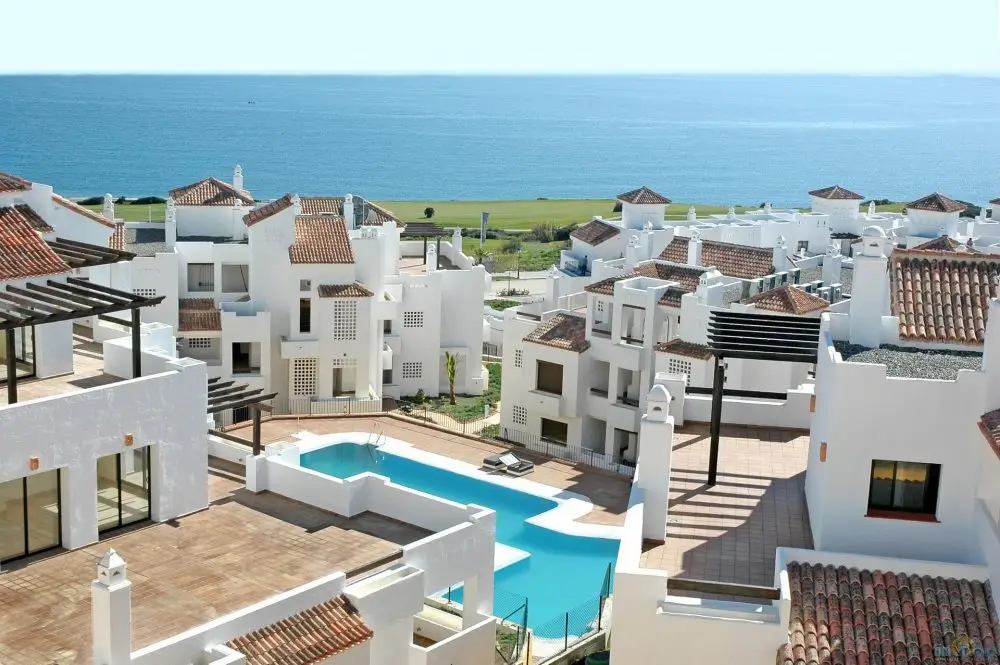Earning money on square metres is turning from a dream into a reality for many who own Spanish property. The country has long ago turned from a resort area into an investment magnet. Income from renting out housing in Spain steadily attracts both private owners and professional investors. And the point here is not in the “beautiful sunset over Barcelona”, but in the projected yield, real figures and growing demand.
Heated market and profit formula
The mechanism is simple: buy – rent – profit. But in the Spanish climate this algorithm works more efficiently. In 2024, the average yield from rental property in Spain ranged from 4% to 7% per annum. In some areas of Valencia and Alicante indicators rose to 10%, especially with a competent strategy of short-term rentals.
On the Costa del Sol, a one-bedroom flat of 40-50 m² brought about €1,000 per month in summer and about €600-700 in winter. Rental income in Spain increases dramatically during the tourist season. Especially in a high-traffic area – near the beach or the historic centre.
Short-term rentals: money for daily rent
 Airbnb is not just a platform, but a full-fledged business model. Flat owners in Málaga and Seville get up to €120-150 per day for a small studio in season. At 80% occupancy rate, the profit easily covers the mortgage, taxes and expenses.
Airbnb is not just a platform, but a full-fledged business model. Flat owners in Málaga and Seville get up to €120-150 per day for a small studio in season. At 80% occupancy rate, the profit easily covers the mortgage, taxes and expenses.
Income from rental housing in Spain in this segment is maximally sensitive to management. Timely cleaning, high quality photos, competent description of the object – everything affects the positioning in the search and the price per night. Here, every metre works to exhaustion, and every review brings you closer to full occupancy.
Long-term leases: stability over the distance
Not everyone is looking for sunshine for a week – many move permanently. In Barcelona, the average price for a one-bedroom flat in 2024 was €1,100-1,400 per month. In Madrid, it was around €1,300.
The advantage of the format is predictability: the accommodation is rented for at least 12 months, payments are regular and the tax base is clear. Income in the long-term format is lower than in the short-term format, but it is more sustainable and requires less involvement.
How much does a flat or house bring in
One property – dozens of scenarios. In Alicante, buying a flat for €130,000 and renting it out at €850 per month provides a 7.8% annual pre-tax yield. In Tarragona, a €280,000 house rented out for €1,900 per month generates around 8.1%, assuming 100% occupancy and minimal management costs.
Costs that eat into profits
The income from rental property in the country decreases noticeably after deducting all mandatory expenses. In order to correctly estimate the profit, it is important to take into account not only taxes, but also the regular costs of management, repairs and insurance.
The structure of expenses is standard:
- Taxes: on rental income – 19% for EU residents, higher for others.
- Management: professional management companies charge 10-20% of the rent.
- Insurance: €150 to €500 per year depending on coverage.
- Repairs and depreciation: about 5% per annum of the value of the property.
- Utilities: usually paid by the tenant, but in some cases by the owner.
A general “cross-section” shows that real rental income in Spain represents 70-75 per cent of gross profit.
How to rent a property in Spain legally and without problems
The law is not an obstacle, but a filter of efficiency. A tourist licence is required for short-term rentals in most regions. It takes from 2 to 6 months to obtain the licence, and without it, renting out accommodation is a direct route to a fine of up to €30,000.
For long-term rentals, everything is simpler – a rental agreement, registration with the tax office and recording the income in the declaration. Profitability depends directly on legal transparency. Regular reporting and registration of the property strengthens the owner’s position.
Who rents and how to choose a format
The target audience shapes the revenue model. In the short-term segment, demand is created by tourists, digital nomads, and participants in international events. They are interested in comfort, location and flexibility. The long-term market is formed by locals, foreign specialists, students and pensioners moving to the country for permanent residence.
Rental income varies depending on this audience. The short-term format brings more but requires constant management, while the long-term format is stable but less flexible.
Seven solutions for growing rental income in Spain
To increase rental income, owners implement strategically calibrated actions based on real market practices. Each of them directly affects the financial result, minimises losses and enhances the attractiveness of the property:
- Tax optimisation – using the EU tax resident status reduces the income tax rate.
- Obtaining a tourist licence – expands opportunities to rent accommodation, especially in popular regions.
- Professional management – increases occupancy, minimises downtime, improves service.
- Interior and equipment improvements – modern appliances and design increase the cost by 10-20%.
- Seasonality analysis – adjusting prices and promotions during periods of demand.
- Choosing a location with growing interest – for example, Almeria or Murcia is now cheaper but more promising.
- Managing the reputation of the property – positive reviews increase the chances of a booking.
The complex of these solutions allows you to increase profits without large-scale investments. Proper strategy ensures sustainable income even in fluctuating economic conditions.
Entry price and real prospects
Investments start at €80,000-100,000 in small towns or €120,000-150,000 in resort areas. With the right model, the income provides a return on investment in 10-12 years. Objects with higher returns pay off in 6-8 years.
Given the growth in house prices (+5.3% per year on average according to Idealista), this strategy not only brings current earnings but also capital growth. A combined approach – rental plus long-term retention – allows building a stable income stream.
Rental income in Spain: conclusions
 Income from rental housing in Spain depends not on luck, but on the accuracy of calculations and competent management. Short-term rental housing with good management, brings up to 10% per annum, long-term – stable 4-7%. Real estate allows you to adapt the strategy to the goals of the investor. When controlling costs, competent registration and the right choice of object, the profit remains stable even in conditions of market fluctuations.
Income from rental housing in Spain depends not on luck, but on the accuracy of calculations and competent management. Short-term rental housing with good management, brings up to 10% per annum, long-term – stable 4-7%. Real estate allows you to adapt the strategy to the goals of the investor. When controlling costs, competent registration and the right choice of object, the profit remains stable even in conditions of market fluctuations.
 en
en  ru
ru  de
de  ar
ar  es
es  nl
nl  hi
hi  fr
fr  it
it  pt
pt  el
el 










